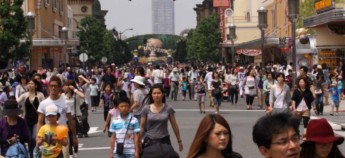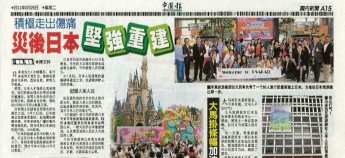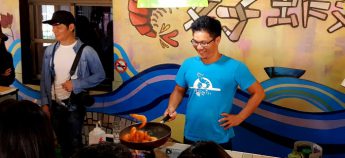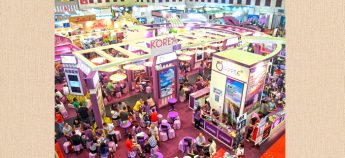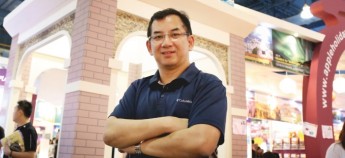Marvellous flavours from Gifu
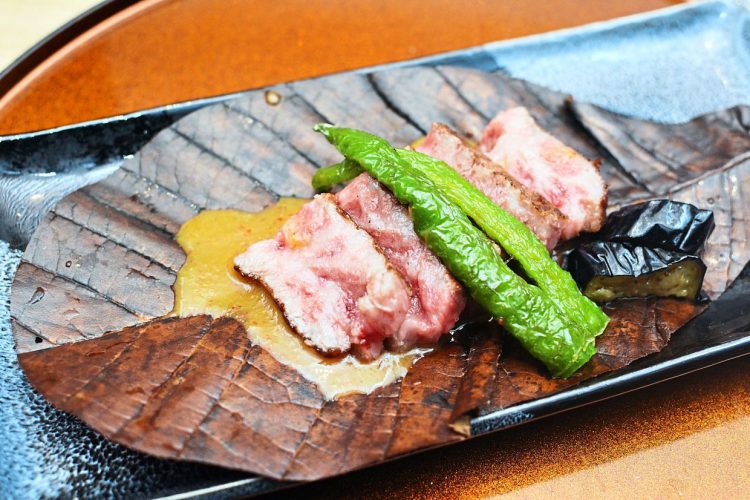
Hida Gyu Misoyaki (Hida beef topped with homemade miso) has a melt-in-the-mouth appeal.
Also known as hida gyu – a title given to black Wagyu cattle raised with extreme care to meet strict criteria, such as being fattened for more than 14 months – the beef from this prefecture leaves a lasting impression.
Hida beef from Gifu is sought after worldwide because of its B3 or A3 grading on the quality scale.
It shot to fame when it won top honours at the 8th All-Japan National Wagyu Cattle Expo in 2002, held in Gifu.

(From left) Apple Vacations co-founder and group managing director Datuk Seri Koh Yock Heng, Furuta, Ishigami and Tamada with the Ayu Gohan dish at the Gifu Prefecture Showcase.
Hida beef’s tender and natural flavours lavished taste buds at the Gifu Prefecture Showcase at Kampachi in EQ Kuala Lumpur.
Kampachi Japanese chef Yusuke Ishigami lightly seared beef slices and added hoba miso on magnolia leaf, which is a typical regional favourite from Takayama.
“Magnolia leaf is known for its antibacterial qualities and some even use it as a base for a dish or for sushi,” he said.
“The sweet hoba miso is versatile and goes well with either beef or fish.”
The meat’s marbling lends depth and intensity as a buttery essence envelopes the palate, making it apparent that Hida beef is in a league of its own.
While Hida beef may have stolen the show, Gifu is also known for other charming produce such as ayu (sweet fish), kikurage (wood ear) mushroom and gohei-mochi (skewered rice cake).

Gohei-mochi or skewered rice cake with sweet miso is a filling dessert with which to end the night.
Located between Tokyo and Kyoto, the prefecture’s immersive beauty is romantic as it is nestled amid a breathtaking mountain range reaching heights of 3,000m.
Gifu’s pristine rivers and lush forests, fresh environment and sustainability practices have earned it recognition for its exceptional agricultural products.
“With 1,300 years of cormorant fishing (traditional fishing) history, waters of the Nagara river is a treasure in Gifu.
“There has been global appreciation for our ayu fish, which is an important source of protein for locals,” said Gifu Prefecture governor Hajime Furuta.
“Ayu fish are sensitive to water quality and thrive only in purest and cleanest waters.”
To highlight the fish in its simplicity, Ishigami served two flavours for our enjoyment – Ayu Kanroni(simmered sweet fish with sweet sauce) and Ayu Shioyaki (grilled sweet fish).
I found the fish’s natural sweetness exceptionally delightful when paired with sweet sauce.
Some were lucky as the fish served to them came with a bonus find of ayu roe.

Grilled Ayu Shioyaki is a delightful representation of the sweet ‘ayu’ fish.
The Food and Agriculture Organisation (FAO) established the Globally Important Agricultural Heritage System (GIAHS) initiative in 2002 to identify, support and safeguard agricultural systems that sustain and conserve biodiversity and genetic resources for food and agriculture, rural livelihoods, knowledge systems, cultures and remarkable landscapes.
GIAHS Ayu of the Nagara River Promotion Association member Kagushiro Tamada, who was
representing the Gifu Prefectural Assembly, said female ayu bore eggs in September.
“When it gets chilly, the ayu fish has more fat content and this makes it tastier,” he said.
Since Gifu is known for its beef, Ishigami treated diners to more lovely Wagyu, this time offering Hida-gyu Carpaccio wrapped in Japanese spinach.
Here, tender beef slices oozing with fat impressed once again.
The chef also served Ayu Gohan (cooked rice with sweet fish) and Nameko Misoshiru (miso soup with nameko mushroom).
“Fish stock made from ayu bones is what I used to cook the rice,” said Ishigami.
The fluffy rice with bits of ayu was not only tasty but a unique rice dish, and having it with savoury miso soup made for a warming and satisfying meal.
The gohei-mochi coated with a layer of sweet miso sauce closed dinner on a memorable note.
Kampachi has been recognised by the GIAHS Ayu of the Nagara River Promotion Association as a “Recommended Overseas Gifu Ayu Restaurant” in Malaysia.
The recognition is bestowed upon restaurants and retail stores operating outside of Japan, which use ayu sourced from Gifu rivers or produced in Gifu fish farms.
Kampachi is driving promotional efforts with various prefectures to showcase the best of Japanese produce in upcoming months.
From Aug 30 to Sept 24, Kampachi will feature highlights from the Oita Prefecture such as yellowtail kabosu, shiitake mushroom and Kosui pear.
KAMPACHI, EQ Kuala Lumpur, Equatorial Plaza, Jalan Sultan Ismail, Kuala Lumpur. (Tel: 03-27897722) Business hours: noon to 3pm, 6pm to 11pm daily, noon to 3pm (weekend brunch buffet).
Published in Star Metro- Travel, 16 Aug 2023
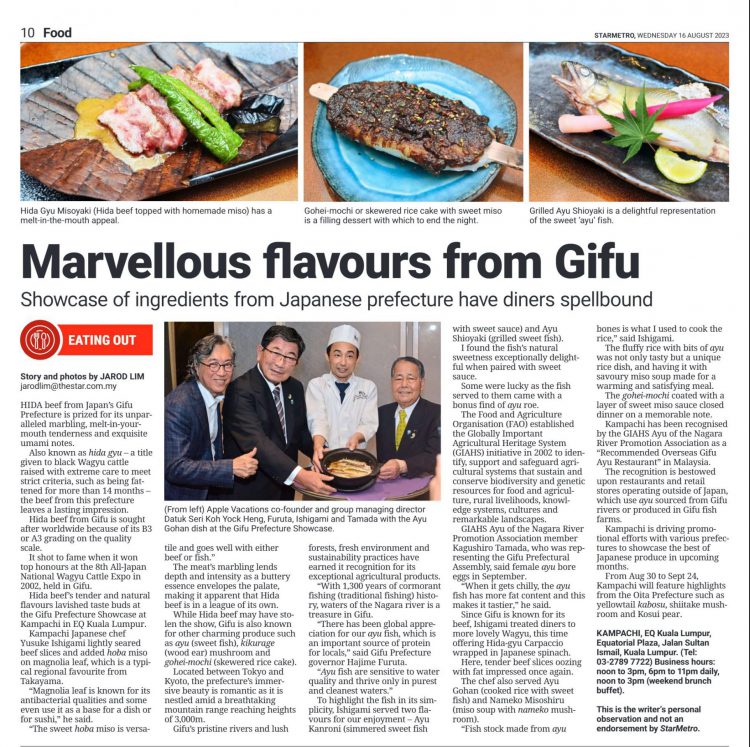
全球超过80000家酒店,Apple101助您轻松订房,出行无忧,绝对优惠价。入住期间付款,多数客房可免费取消!


